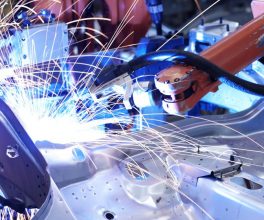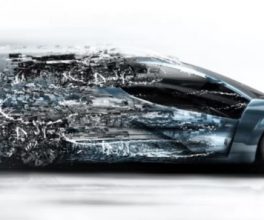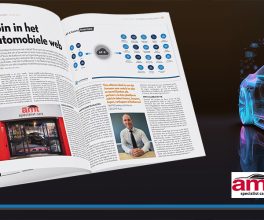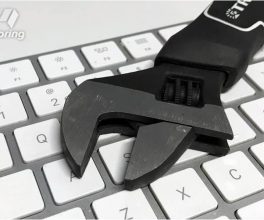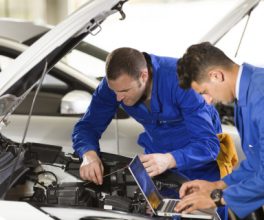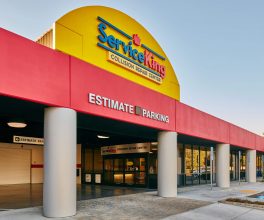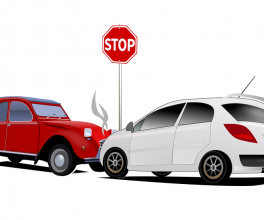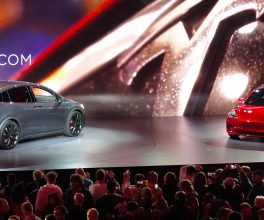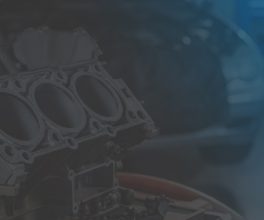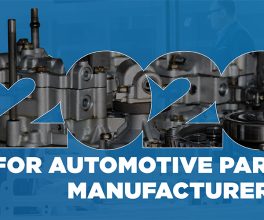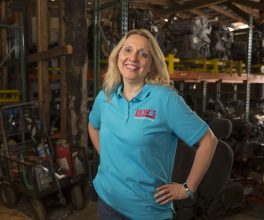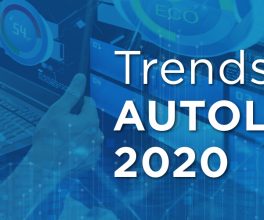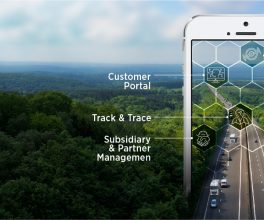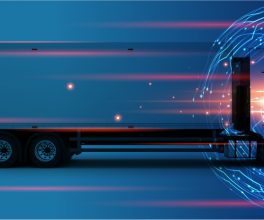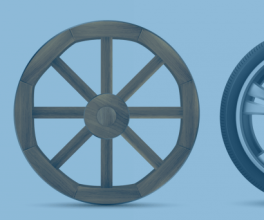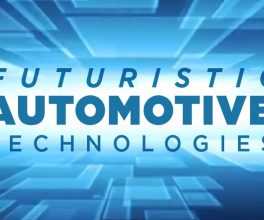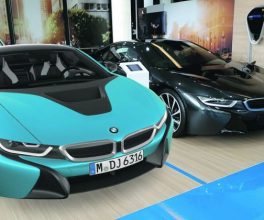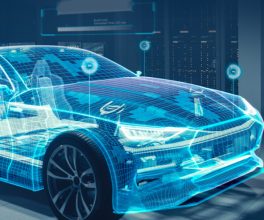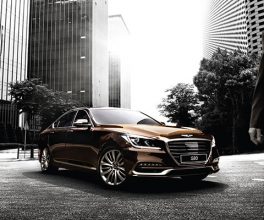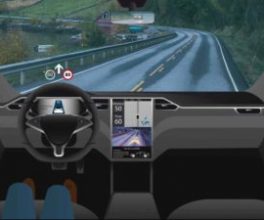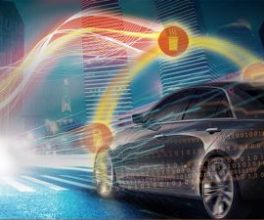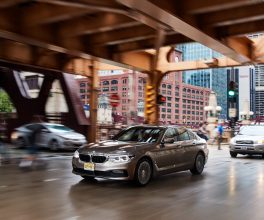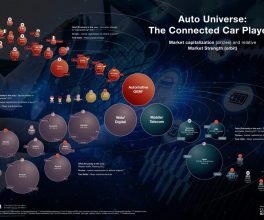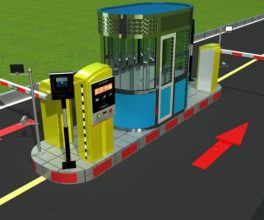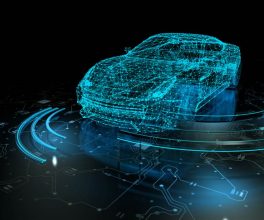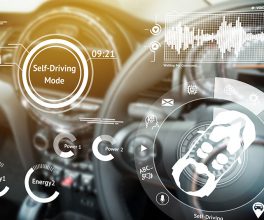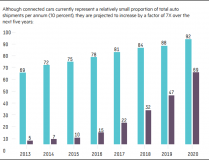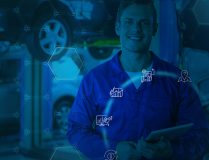Materials handling expert Tracy Brooks from Hyster reveals some of the trends to watch out for in the automotive supply chain as we approach 2018.
1) Automated handling (AGV)
Driverless transport systems have until now primarily been used for highly repetitive tasks, such as transportation of small parts. We anticipate that narrow aisle trucks (VNA), reach trucks and low level order pickers (LLOPs) will increasingly be used in automated transport and in the putting away and extraction of palletised goods. This may involve full, or partial, automation of the truck using induction loops, camera systems, lasers, GPS or a combination of several systems.
2) Connected machines
For smart manufacturers, the use of IoT (Internet of Things) devices improves the efficiency and productivity of manufacturing operations, helping to minimise new vehicle delivery times. By connecting their lift trucks businesses can keep their fingers on the pulse of the entire fleet in real time and ensure everything moves smoothly.
3) Tugger train systems for automated operations
Rather than delivering full pallets to the production line, most applications now adopt the ‘Milk Run’ concept and deliver smaller kits for Just-in-Time production, while at the same time collecting empty containers. Components are usually transported on trolleys using a Tow Tractor unit which can be driven by a human or, with particular programming, automated.
4) Support from local organisations with global partnerships
A focus on local support continues to be an increasingly important trend as businesses rely on even faster response to avoid downtime in their Just-in-time operations. This is particularly true in Eastern Europe where many top-of-the-range cars are built in some of the most modern and productive plants in the whole of Europe.
5) Power options to suit the application
There are new ways to power lift trucks, some of which were considered unthinkable a few years ago. What’s more is that these developments are commercially viable, potentially leading to considerable cost savings.
So, which power option is the future? Well, we think that it depends on the application.
Fuel cells may be right for some, lithium-ion for another and LPG for others. One recent example is at Stuttgart-based logistics firm Agility. They were suddenly required to work more hours than before to ensure car parts were ready to be shipped. There was simply not enough power to provide approximately two additional operating hours per day using their existing electric fleet. Lithium-ion was quickly discounted so they introduced Hyster® LPG trucks achieving a lower total cost of ownership.
Meanwhile, high-throughput, multi-shift operations running 15 lift trucks or more may consider the latest fuel-cell technology. This option is becoming more prevalent because it offers the benefits of electricity with the convenience of fuel.
Hydrogen fuel cells are refuelled in a matter of minutes. When it comes to multi-shift operations with two or more battery replacements per day, this quick refuelling offers substantial productivity benefits.
Not only is there greater truck utilisation, there can be many other benefits if used in the right application. For example, removing lead-acid battery chargers, changing stations, and washing facilities can help reclaim significant square footage inside a facility.
So the trend is not a power type, it is understanding the principle that it depends on the application.
6) It’s Personal
As manufacturing processes become more complex, so too does the importance of a customized handling fleet. This is a growing trend in the industry as businesses look to materials handling suppliers for equipment that suits their needs specifically.
7) Simulate success
Will the choice of trucks work effectively at any given site? Simulation can help answer this question before ordering the trucks. The Hyster® warehouse simulator for example allows businesses to try different scenarios, giving a range of results closely simulating day-to-day operational variations.
3D images show what the operation will be like, providing a platform to try out different options. Each simulation considers significant details such as battery discharge, re-charging, changing times and rates, operator shift patterns, break times, ability/permission to drive certain truck types, and much more.
8) Weighing
Automotive manufacturers and Tier suppliers transport almost all their components in containers, swap bodies or trailers. In 2016, the SOLAS (Safety of Life at Sea Convention) added a new condition for packed containers being loaded onto export ships. This meant that all packed containers must have a verified gross mass (VGM), whether verified by the shipper or terminal.
The contents of the container can be weighed before packing it using a mobile scale for example, with the tare weight (weight of the empty container) added afterwards. Alternatively, the packed container can also be weighed as one, for example with a Hyster ReachStacker fitted with the Static weighing system.
9) Steel handling with an electric fleet
Steel coils or the plates used in stamping presses to make automotive body parts are usually extremely heavy and typically use diesel powered Hyster Big Trucks up to 52 tonnes capacity.
Not only has Hyster developed more options for handling steel and increased the flexibility of the machines, in the near future, the automotive industry will be able to electrify their Big Truck fleets, producing zero emissions while achieving comparable full shift performance.
Author – Nye Longman
Courtesy of Supply Chain Digital

